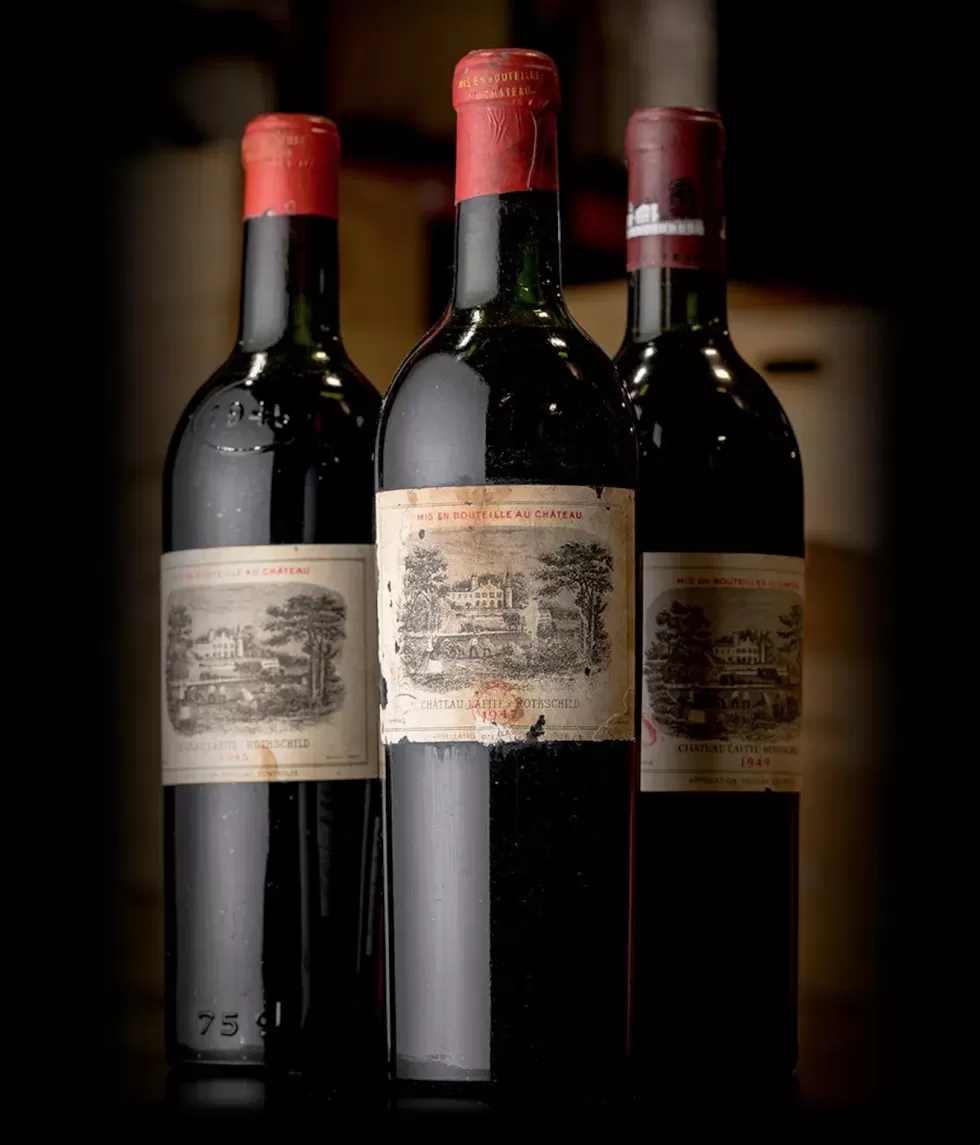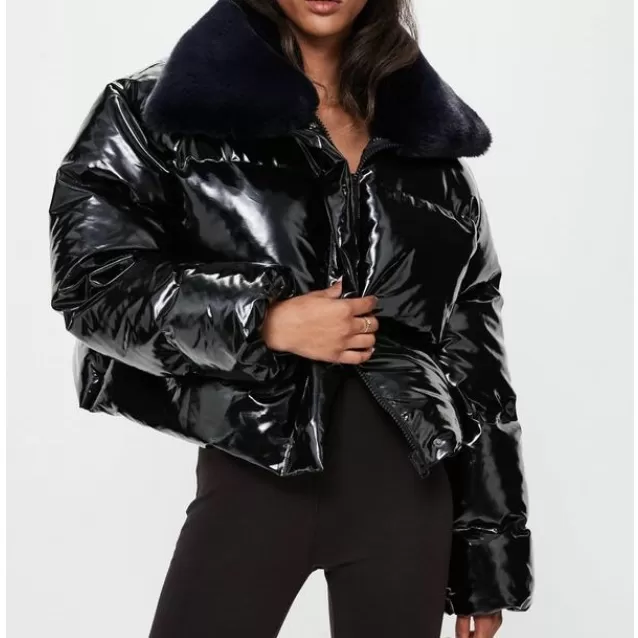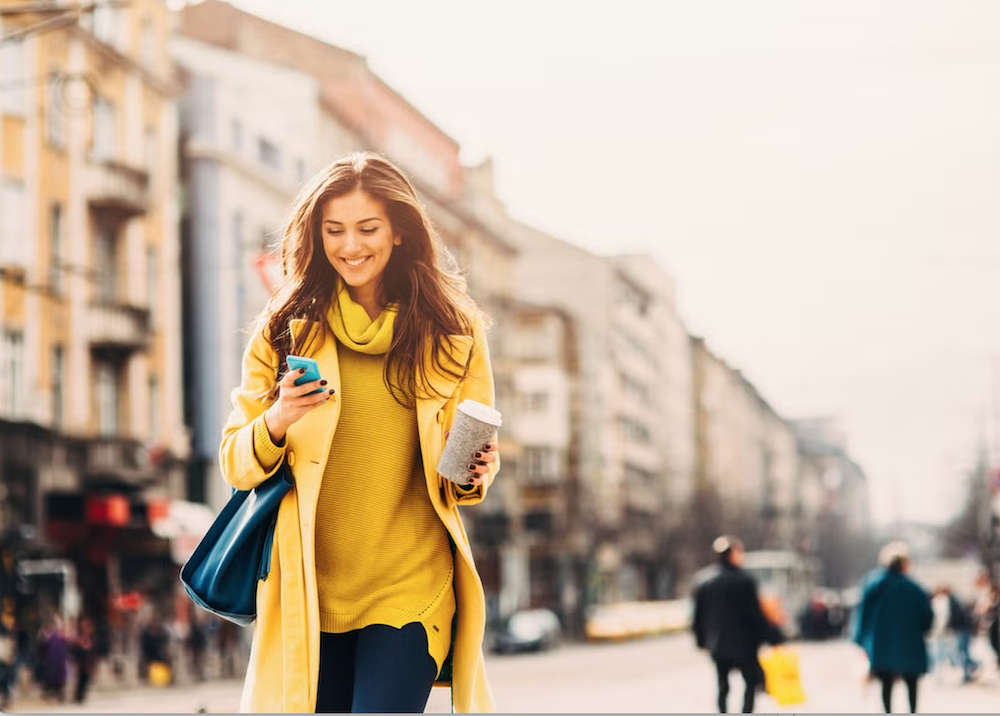Reading the stats and data from the wine industry sales this year, you could be forgiven for believing it is anything but gloriously successful to be in the wine business right now.
Of course, apart from those still loitering under the misapprehension that retail alone will prevail, the big winners are those heavily into ecommerce sales, those that are on the bandwagon already. Lockdown provided the perfect opportunity for consumers to sample, develop or diversify their tastes and preferences across country, vineyard, grape and vintage, changes which would have been unprecedented otherwise.
Globally, still, wine volume is forecast to remain short of pre-COVID levels by 2024, while sparkling wine is predicted to experience good health throughout the recovery, with parity likely to be restored by 2023. Despite the difficulties facing still wine, the total wine category is expected to experience growth between 2020 and 2024, with volume CAGR up 1.8% and value CAGR up 2.4%.
You don’t have to be dictated to by global predictions. your customer is sat at home approached only by those retailers to whom they currently subscribe, waiting to be tempted, persuaded and cajoled into ever more personalised selections.
In the year ahead, several key trends will shape the global wine market, presenting several growth opportunities.
Ecommerce and digital engagement
The last year has spurred an exponential increase in alcohol ecommerce and digital engagement – and the high level of investment into the space over the past year means its success will not be restricted to the short term.
With its ability to allow consumers to compare, review, and discover, ecommerce is particularly well suited to the wine segment, which is fragmented by nature. As such, the category heavily indexes online; wine has a 14% value share of the total drinks market vs. a 40% share online.
“Wine is exceptionally well placed to take advantage of the burgeoning move towards online purchases. Having relaxed its online buying and shipping laws for alcohol during the pandemic, the US is set to drive wine’s ecommerce growth, as will Brazil, China, the UK and Australia,” says Daniel Mettyear, research director for wine at IWSR. You may be interested to read our article, on winery ecommerce revealing keys to growing sales.
New Challenges
Changes in shopping and drinking patterns during the pandemic have led to a shift towards large packaging formats, such as bag-in-a-box, and small packaging formats, such as cans. Canned wine in particular has been moving towards broader consumer acceptance for some time, and this trend has been hastened by the pandemic.
But don’t be dictated to by the statistics; the lowest common denominator for purchases is led by grocery and mass-market sales, where the general public assuage stats, individual selection and choice still rule the day, and always will in our opinion.
There will always be consumers who are discerning and appreciate quality, no matter where their preferences take them. Likewise, the stats will always be dominated by economic attractions, cheapness prevails as there are always more people without less than more cash, but the sage among you will appreciate that refinement of taste and appreciation comes with age.
Broader range of occasions
In many markets, consumption of wine has transitioned well from the on- to off-trade during the pandemic, in large part thanks to the category’s inherent attributes.
“Although wine suffered heavily from the economic and on-trade downturn, the low-tempo nature of lockdown, more time for meal preparation, digital meet-ups and a propensity to treat oneself more often sparked a rediscovery of the category,” says Mettyear.
This sense of rediscovery has opened wine up to new at-home occasions, a trend that looks set to remain in the year ahead. A broader set of trends has been exposing wine to new occasions over several years.
Sparkling wine, and Prosecco in particular, has spearheaded the diversification of wine’s consumption occasions. The category has steadily moved away from its one-dimensional image as a special celebratory drink to align with more regular occasions, such as the Aperitivo hour.
With its glamorous lifestyle associations and refreshing taste profile, the booming rosé category works across several social situations. More generally, lighter-style wines are attracting new consumers with their accessibility and versatility.
Engagement with consumers is imperative to be better able to personalise offerings and thereby sustain growth, increase the average order value of each shopping basket, and capitalise on the customer lifetime value available from each consumer.
Tastes change over a lifetime and the customer loyal to you will waiver if you don’t spot his appetite for something different or variety quickly enough. We offer vintners hyper-personalised product selection software which identifies what wine each customer is most likely to buy next. If you like to try it we be delighted to offer you a free viability trial for a month.





